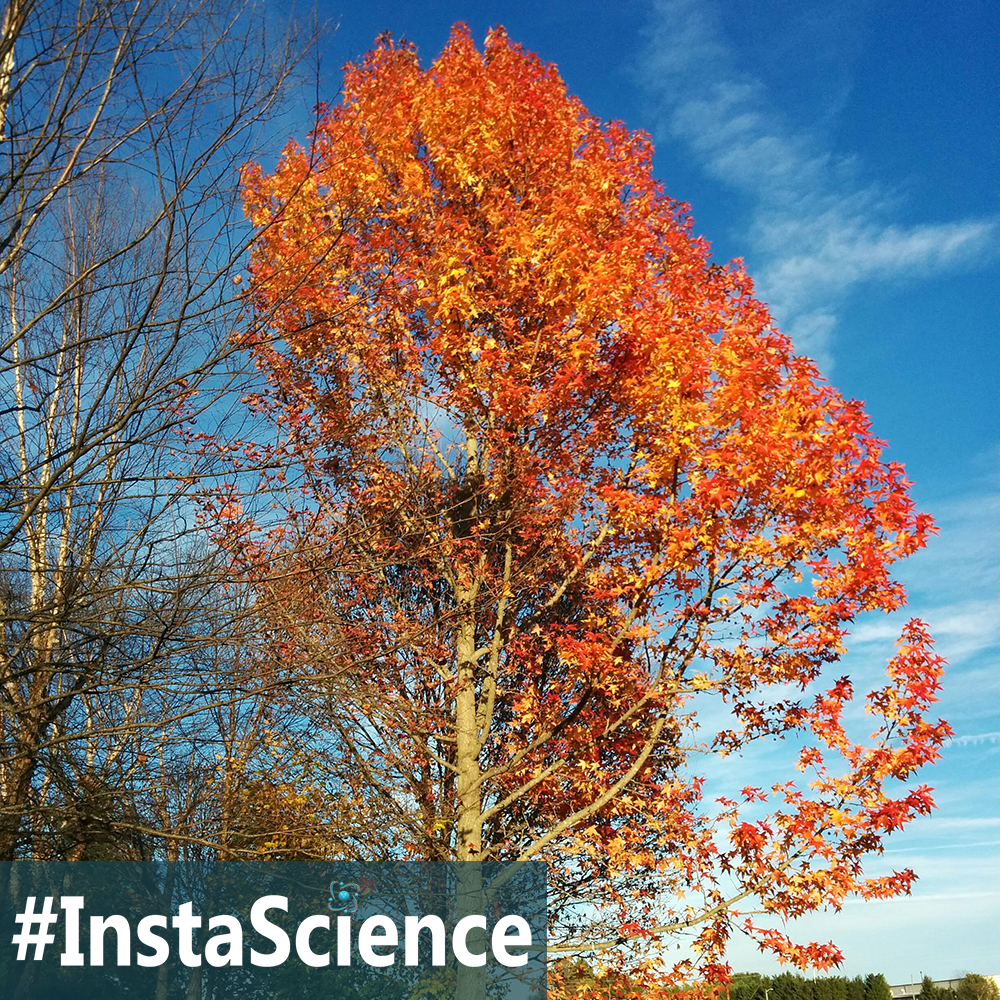
Fall is here! Pumpkin-Spiced Lattes abound as the green landscape fades into reds, yellows, and oranges. I love the crisp beauty of fall, but my favorite thing to watch is the change in the local maple trees. Maple leaves display gorgeous colors that are the hallmarks of fall.
There are approximately 128 different kinds of maple trees, but the most common are the sugar maple, the red maple, the silver maple, and the Japanese maple. Chances are good that you have one of these nearby!
Maple trees can range from 10 to 75 feet tall. In the spring, their flowers can be red, yellow, orange, and green. Their leaves are typically simple with 3 to 5 lobes. The edges of the maple leaves are usually serrated, giving the tree’s foliage a very distinct look. Even so, there are subtle differences in the leaves that can help you to identify the different types of maples.
These leaves contain a fair amount of glucose, which can be trapped in the leaves during the fall as photosynthesis shuts down for the winter. The result is the characteristic deep reds and purples we have come to admire and love from the maple tree!
Fun Fact – The Sugar Maple is used to produced syrup and can live up to 300 years old.
Related Science Activity
- Fall Leaf Book – The maple tree is a great addition to any fall leaf book, thanks to its bright colors! Use the free printable from this post to make your own fall leaf book.
More Homeschool Science Helps
- This time last year, we shared about rain.
- Don’t miss episode 14 of my podcast – 3 reasons I love to use notebooking for science.
Links to Research
- http://www.maple-trees.com/
- http://garden.lovetoknow.com/wiki/Maple_Tree_Identification
- http://www.sugarbushhill.com/all-about-maple/interesting-facts-about-maple-trees/
 Sign up below to receive weekly tips & tools for homeschool science and we'll send you a FREE copy of
Sign up below to receive weekly tips & tools for homeschool science and we'll send you a FREE copy of